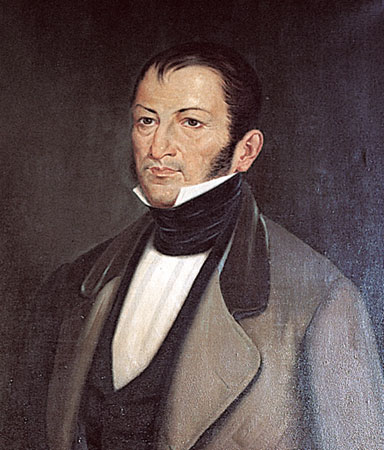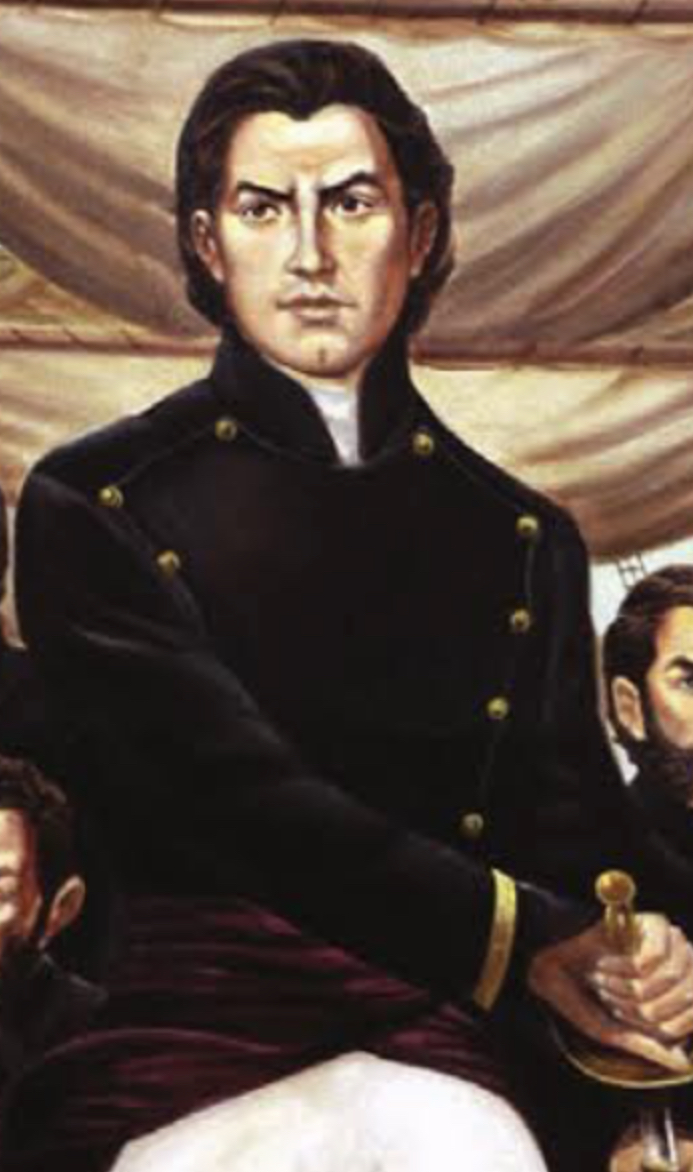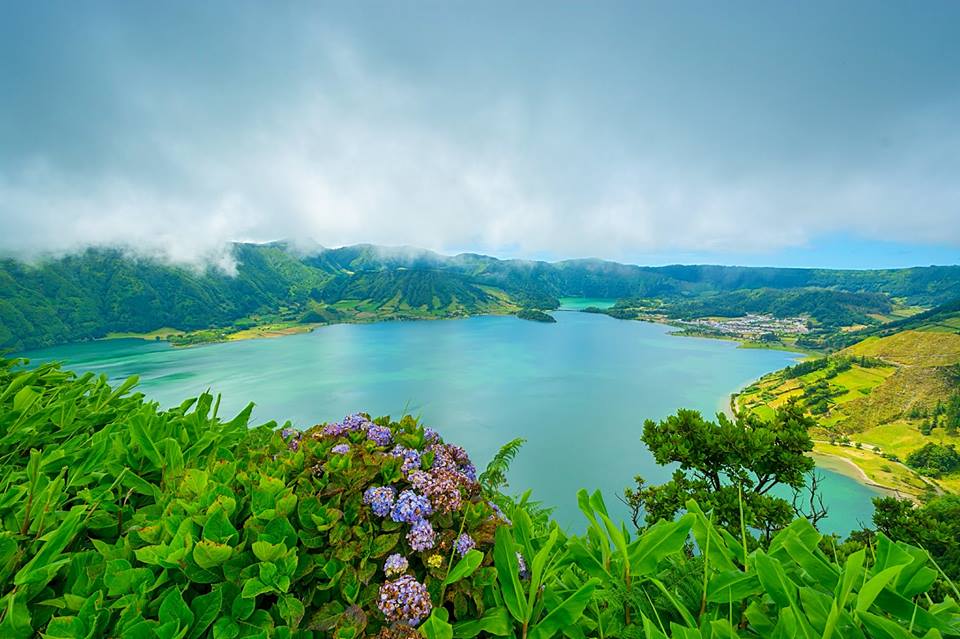|
Carlos Peón Machado
Carlos Peón Machado (1859–1923) was a Mexican lawyer, engineer, landowner, and politician who served as Governor of Yucatán between 1894 and 1897. Due to his immense wealth and political influence, he is considered one of the main figures of the nineteenth-century Yucatecan oligarchy that is known as the Divine Caste (''Casta Divina''). During his administration, he was responsible for promoting the henequen boom which transformed Yucatán Peninsula, Yucatán into the wealthiest and most Industrialisation, industrialized state in Mexico at the beginning of the twentieth century. In 1896, in one of his absences from the Governorship, he was temporarily replaced as interim Governor by José Palomeque Solís. Later, in 1897, due to differences with the dictator Porfirio Díaz, he had to resign, handing over the governorship to José María Iturralde Lara, who replaced him until the end of his mandate. Family Born in Mérida, Yucatán, Mérida, Yucatán, in 1859, he was the se ... [...More Info...] [...Related Items...] OR: [Wikipedia] [Google] [Baidu] |
Governor Of Yucatan
A governor is an administrative leader and head of a polity or political region, in some cases, such as governors-general, as the head of a state's official representative. Depending on the type of political region or polity, a ''governor'' may be either appointed or elected, and the governor's powers can vary significantly, depending on the public laws in place locally. The adjective pertaining to a governor is gubernatorial, from the Latin root ''gubernare''. In a federated state, the governor may serve as head of state and head of government for their regional polity, while still operating under the laws of the federation, which has its own head of state for the entire federation. Ancient empires Pre-Roman empires Though the legal and administrative framework of provinces, each administered by a governor, was created by the Romans, the term ''governor'' has been a convenient term for historians to describe similar systems in antiquity. Indeed, many regions of the pre-Roman a ... [...More Info...] [...Related Items...] OR: [Wikipedia] [Google] [Baidu] |
First Cousin
A cousin is a relative who is the child of a parent's sibling; this is more specifically referred to as a first cousin. A parent of a first cousin is an aunt or uncle. More generally, in the lineal kinship, kinship system used in the English-speaking world, cousins are in a type of Kinship, relationship in which the two cousins are two or more familial generation, generations away from their most recent common ancestor. In this usage, "degrees" and "removals" are used to specify the relationship more precisely. "Degree" measures how distant the relationship is from the most recent common ancestor(s), starting with one for first cousins and increasing with every subsequent generation. If the cousins do not come from the same generation, "removal" expresses the difference in generations between the two cousins. When no removal is not specified, no removal is assumed. Various governmental entities have established systems for legal use that can precisely specify kinship with co ... [...More Info...] [...Related Items...] OR: [Wikipedia] [Google] [Baidu] |
Lycée
In France, secondary education is in two stages: * ''Collèges'' () cater for the first four years of secondary education from the ages of 11 to 14. * ''Lycées'' () provide a three-year course of further secondary education for students between the ages of 15 and 19. Pupils are prepared for the '' baccalauréat'' (; baccalaureate, colloquially known as ''bac'', previously ''bachot''), which can lead to higher education studies or directly to professional life. There are three main types of ''baccalauréat'': the ''baccalauréat général'', ''baccalauréat technologique'' and ''baccalauréat professionnel''. School year The school year starts in early September and ends in early July. Metropolitan French school holidays are scheduled by the Ministry of Education by dividing the country into three zones (A, B, and C) to prevent overcrowding by family holidaymakers of tourist destinations, such as the Mediterranean coast and ski resorts. Lyon, for example, is in zone A, Marseill ... [...More Info...] [...Related Items...] OR: [Wikipedia] [Google] [Baidu] |
Escudo De Armas De Peón 3
The escudo ( Portuguese: 'shield') is a unit of currency which is used in Cape Verde, and which has been used by Portugal, Spain and their colonies. The original coin was worth 16 silver . The Cape Verdean escudo is, and the Portuguese escudo was, subdivided into 100 . Its symbol is the , a letter S with two vertical bars superimposed used between the units and the subdivision (for example, ). In Spain and its colonies, the ''escudo'' refers to a gold coin worth sixteen '' reales de plata'' or forty ''reales de vellón''. Currencies named "escudo" Circulating *Cape Verdean escudo Obsolete *Angolan escudo *Chilean escudo * French écu *Mozambican escudo *Portuguese escudo *Portuguese Guinean escudo *Portuguese Indian escudo *Portuguese Timorese escudo *São Tomé and Príncipe escudo *Spanish escudo The escudo was either of two distinct Spanish currency denominations. Gold escudo The first escudo was a gold coin introduced in 1535/1537, with coins denominated in escudo ... [...More Info...] [...Related Items...] OR: [Wikipedia] [Google] [Baidu] |
María Cámara Vales
María Casimira Cámara Vales (March 4, 1877 – April 14, 1970) was an educator who served as the second lady of Mexico from 1911 to 1913 as the wife of Vice President José María Pino Suárez José María Pino Suárez (; 8 September 1869 – 22 February 1913) was a Mexican politician, lawyer, journalist, and newspaper proprietor. He served as the seventh and last Vice President of Mexico from 1911 until his assassination in 1913, .... Prior to that, she held the position of Governor of Yucatán, first lady of Yucatán in 1911. In recognition of her role during the tumultuous times of the Mexican Revolution, she was awarded the Belisario Domínguez Medal of Honor, Belisario Domínguez Medal, the highest honor conferred by the Senate of the Republic (Mexico), Mexican Senate, in 1969. She was only the third woman to be awarded with the accolade. Early life: childhood and education María Casimira was born on March 4, 1877, in Mérida, Yucatán. She was the second child ... [...More Info...] [...Related Items...] OR: [Wikipedia] [Google] [Baidu] |
List Of Vice Presidents Of Mexico
The office of the vice president of Mexico was first created by the Constitution of 1824, then it was abolished in 1836 by the Seven Constitutional Laws, then briefly restored in 1846 following the restoration of the Constitution of 1824 and lasted a year until 1847 where it was again abolished through a constitutional amendment, it was later restored in 1904 through an amendment to the Constitution of 1857, before being finally abolished by the current Constitution of 1917. Many Mexican vice presidents acted as president during time between the end of the First Mexican Empire and the establishment of the Second Mexican Empire. Vice presidents of Mexico ;Parties Possible restoration The Institutional Revolutionary Party (PRI) presented on May 13, 2022 a proposal for an electoral reform that would include the restoration of the post of Vice President, among other 9 proposals. In the proposal, it is proposed that the Vice President of Mexico would be a direct assistant of th ... [...More Info...] [...Related Items...] OR: [Wikipedia] [Google] [Baidu] |
José María Pino Suárez
José María Pino Suárez (; 8 September 1869 – 22 February 1913) was a Mexican politician, lawyer, journalist, and newspaper proprietor. He served as the seventh and last Vice President of Mexico from 1911 until his assassination in 1913, alongside President Francisco I. Madero, during the Ten Tragic Days, a coup that marked a decisive turning point in the Mexican Revolution. In addition to the vice presidency, Pino Suárez held several notable political roles, including President of the Senate, Secretary of Public Education, Secretary of Justice, and Governor of Yucatán. A staunch advocate for democracy and social justice, he utilized both his political career and journalism to champion these causes. For his unwavering dedication and ultimate sacrifice, Pino Suárez is considered a national hero in Mexico and is affectionately remembered as "''El Caballero de la Lealtad''" or the loyal gentleman. Born in Tenosique, into a distinguished political family from the Yucatá ... [...More Info...] [...Related Items...] OR: [Wikipedia] [Google] [Baidu] |
House Of Cámara
The House of Cámara (also known in Spanish as de la Cámara or in Portuguese as da Câmara or Gonçalves da Câmara) is an Nobility, aristocratic family with a rich history in Spain, Portugal and Mexico. Gonzalo de la Cámara was elevated to knighthood after fighting under the command of King Ferdinand III of Castile during the Battle of Baeza in 1227. Throughout the following centuries, they continued to serve the Monarchy of Spain, Spanish Crown, participating in battles during the Reconquista, a series of military campaigns to reclaim the Iberian Peninsula from Muslim rule of Spain, Muslim rule. The family's noble status was further confirmed by Ferdinand II of Aragon, Ferdinand the Catholic and Joanna of Castile, Joanna I of Castile. Although Gonzalo de la Cámara originated from Alcalá de Henares, some of his descendants settled in Galicia (Spain), Galicia and Portugal. One of the most notable members of this lineage was Juan Rodríguez de la Cámara, a 15th-century man o ... [...More Info...] [...Related Items...] OR: [Wikipedia] [Google] [Baidu] |



